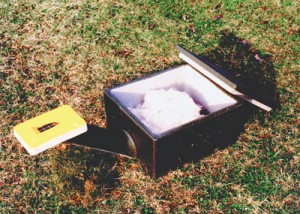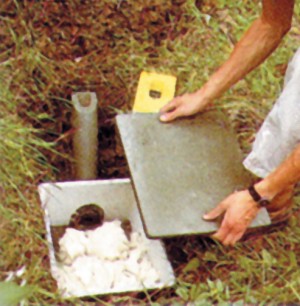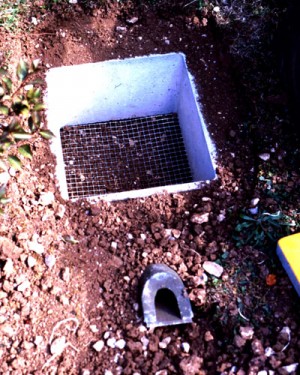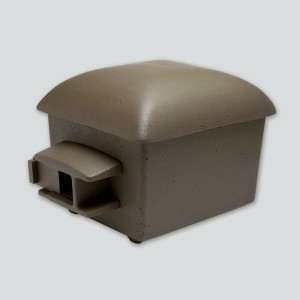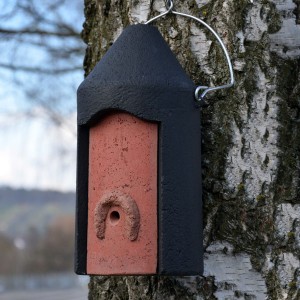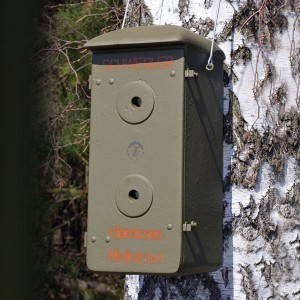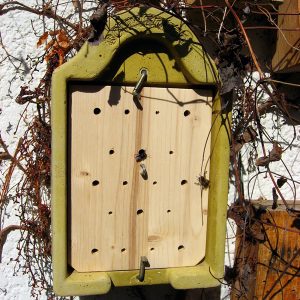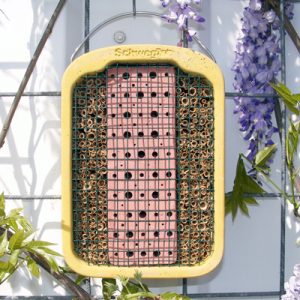All the different types of Bumble Bees in Central Europe are under threat to some degree. Of the 29 species in Germany, 10 have already disappeared from some regions. Protective measures are essential, not only because of the rarity of these insects but also because of their importance for cultivated plants. The first step is to provide SCHWEGLER Bumble Bee Boxes, followed by the cultivation of nectar-giving plants on which specific species depend, such as willow catkins and fruit.
Bumble Bees are vital because of their specific characteristics. Those with short probosces fly when temperatures are lower (i.e. between + 5 °C and – 5 °C). By biting through the corolla tube, which contains the nectar in some flowering plants, they allow Honey Bees and Wild Bees initial access to nectar in the early part of the year. Bumble Bees, especially the queens, carry four times as much pollen per flight than Honey Bees or Wild Bees, and are considerably quicker.
Varieties with long probosces are:
Bombus pascuorum, Bombus hortorum, Bombus sylvarum, Bombus ruderarius, Bombus humilis, Bombus subterraneus, Bombus distinguendus, Bombus veteranus.
Those with short probosces are:
Bombus terrestris, Bombus mesomelas, Bombus lapidarius, Bombus pratorum, Bombus hypnorum.
Bumble Bee Box
underground | DBP (patented)
Siting: This box is placed under the soil and is left for the queen to colonise. Being underground it is relatively safe from interference or vandalism and can therefore also be placed outside gardens or on public land without attracting any attention.
Material: Durable SCHWEGLER wood-concrete.
Includes: Supplied complete with moisture-repellent nest wool. An annual replacement set can be ordered separately (Order No. 00 356/0). Instructions are included.
Maße: W 41 x H 22 x D 36 cm.
Weight: approx. 11.5 kg.
 English
English Deutsch
Deutsch 
